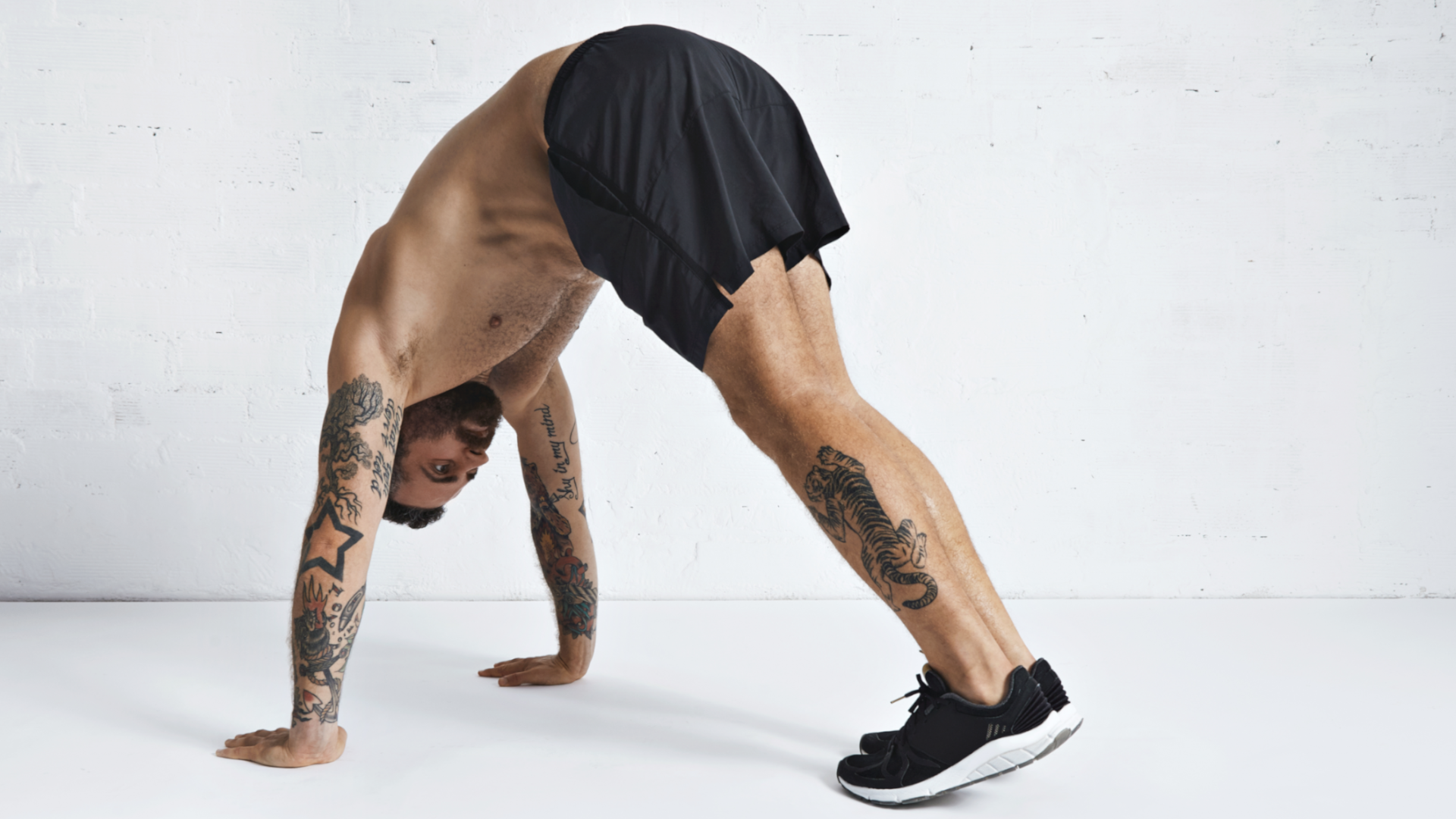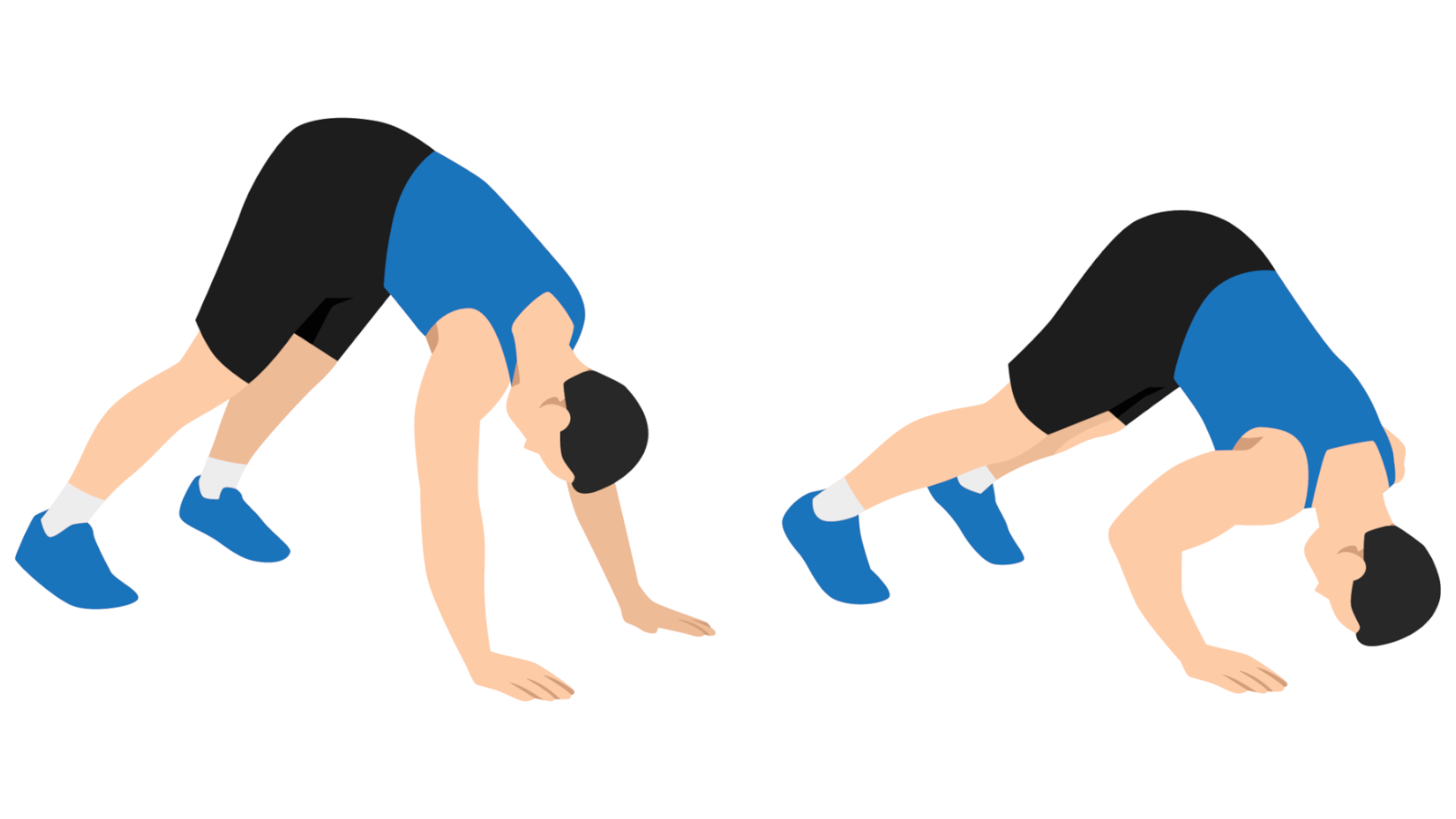The exercise I’m currently loving to add strength and size to my shoulders: pike push ups
It’s not just your shoulders they target, but your arms and chest too!


Who doesn’t want strong, sculpted shoulders? They look great in a t-shirt, help you achieve that desirable upper body ‘V’ shape, plus they’re helpful for tackling those everyday tasks. Dumbbell shoulder press, lat raises and military press are popular exercises that often dominate many people’s push sessions, but if you’re looking to switch things up, why not consider the pike push up?
I recently stumbled across pike push ups whilst doing some research into how I can work towards achieving a handstand push up. I’ve been tagging them onto the end of my push sessions for the last few weeks now and I honestly think they’re one of the most brutal (but best) shoulder exercises out there, and they don’t even require weights. That being said, for strength and size they are the one.
Here’s everything you need to know about pike push ups.
What are pike push ups?
The pike push is a push up completed in a pike position, which is basically an upside down V. But, whereas regular push ups predominantly targets the chest, the position of the pike push up moves the emphasis towards the shoulders. It’s one of the best bodyweight exercises that you can do to help strengthen your shoulder muscles and (if you’re a CrossFit convert) it can help you progress onto more advanced skills, like a handstand push up.

What muscles do pike push ups work?
The pike push up mainly targets the anterior deltoids (the front of your shoulders) and triceps, as its positioning instantly loads more of your bodyweight to the front of your upper body. However, they also target the upper chest and stabilising muscles, including the biceps, lats and serratus anterior (a fan shaped muscle that sits on the side of your rib cage below the armpit). Your core is also engaged too, including the obliques and transverse abdominis (your deepest core muscle that wraps around the trunk of your body like a corset).
This makes it an excellent exercise for strengthening the shoulder joint, but it can also increase the risk of injury, which is why it’s important to perform the movement with good form.
How to do the pike push up?

The pike push up definitely isn’t as easy as it looks, but don’t let that put you off, as it's brilliant for building mass and strength! The good thing about it is that you don’t need any equipment and it is scalable, so there are ways you can progress it and make it more easy/challenging, once you nail the basic movement, just like with push ups. Here’s how you perform the push up pike:
Get all the latest news, reviews, deals and buying guides on gorgeous tech, home and active products from the T3 experts
- From a standing position, reach down and touch your toes (a bend in the knee for this is fine)
- Walk your hands out in front of you until you can comfortably lay them flat on the floor (you also want your feet to remain flat too)
- Slowly bend at the elbows (keeping them tucked in, no flaring) lower your head towards the floor, making sure it touches the floor in front of your hands and you're looking towards your toes
- Extend the elbows and push back up into the start position
If this is too difficult, then you can do a kneeling pike push up; just start in a kneeling push up position and instead of lowering your chest to the floor, lower your head in front of your hands. You can even use the edge of a sofa or box to make the pike push up easier, as it will reduce the range of motion, so you won't have as far to lower yourself down or push up. But, if you want to make it harder, try placing your feet on a box, like I did below!


Bryony’s T3’s official ‘gym-bunny’ and Active Staff Writer, covering all things fitness. She is a certified personal trainer and also a part-time fitness instructor. In her spare time, you will find her in her natural habitat - the gym - where her style of training is a hybrid of bodybuilding and powerlifting. Bryony loves writing about accessible workouts, nutrition and testing innovative fitness products that help you reach your fitness goals and take your training to the next level.